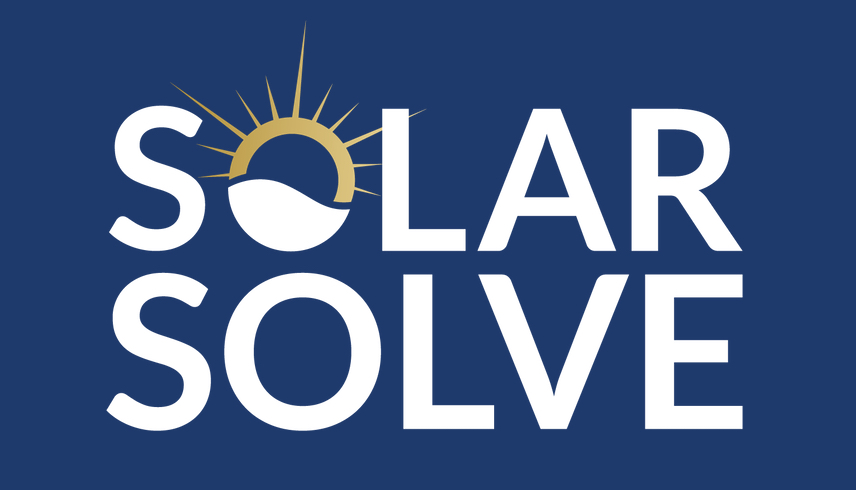In my blog last week, I made reference to an article in the February 2019 issue of the IMarEST monthly journal ‘The Marine Professional’, about offshore rig decommissioning. This week I want to change the subject and discuss another piece in the same journal but this time relating to seafarer fatigue because Solar Solve’s new marketing campaign for the next 12 months or so is to highlight all things associated with fatigue and Crew Fatigue at Sea in particular.
Regular readers will already know that this FATigue MANagement campaign has been christened with the not-so-flattering strap line FATMAN 2020 VISION. It is our attempt, from now until the end of 2020, to bring attention to all and sundry, particularly within the global maritime sector, the various pressures that seafarers have to endure.
As well as typical stress and fatigue issues that shore-based people endure on a daily basis at home, at work and everywhere in between, seafarers are generally isolated and usually work shifts, with the added pressure of nobody to cover for them if they are ill. They have to contend with the abnormalities of the weather and its huge variations in type and ferocity, creating environments in which it is extremely difficult to work or relax.
Some likelihoods, all of which I personally encountered during the 9 months I served on the very first ship I joined as an 18-year-old Marine Engineer Cadet, include the vessel rolling dramatically in a gale-force storm whilst engineers try to carry out intricate repairs to engines and machinery then get thrown out of bed when they do manage to get some rest time; coping on a tanker that is plying its trade in the Red Sea, encountering numerous very hot days when it is only possible to work out on deck at great risk of heat-exhaustion plus the added worry of intense sunburn if seafarers do not exercise great care to protect themselves; or slow steaming up the Atlantic Ocean on the east coast of the USA in May, towards a thawing Gulf of St. Lawrence Seaway during the eerily quiet, freezing cold night time, avoiding the many icebergs and ice flows ahead that are floating down from Canada and noisily scraping along the side of the vessel whilst everyone on board anxiously tries not to think about ‘Titanic’.
The article in the Marine Professional, with the same heading as this blog, is about the design and development of fatigue resistant ships and the part being played by an IMarEST working group. It is sub-headed ‘Advice on designing ships to minimise seafarer fatigue, compiled by IMarEST’s Human Element Working Group, forms a significant portion of revised guidelines recently adopted by IMO’s Maritime Safety Committee (MSC)’.
It is obviously something that the Institute of Marine Engineering Science and Technology is very proud of and rightly so. Personally, I am very proud to be a Fellow of the Institute and greatly support all of the work that they do for the benefit of their members and all seafarers. The IMarEST website can be located at https://www.imarest.org/

